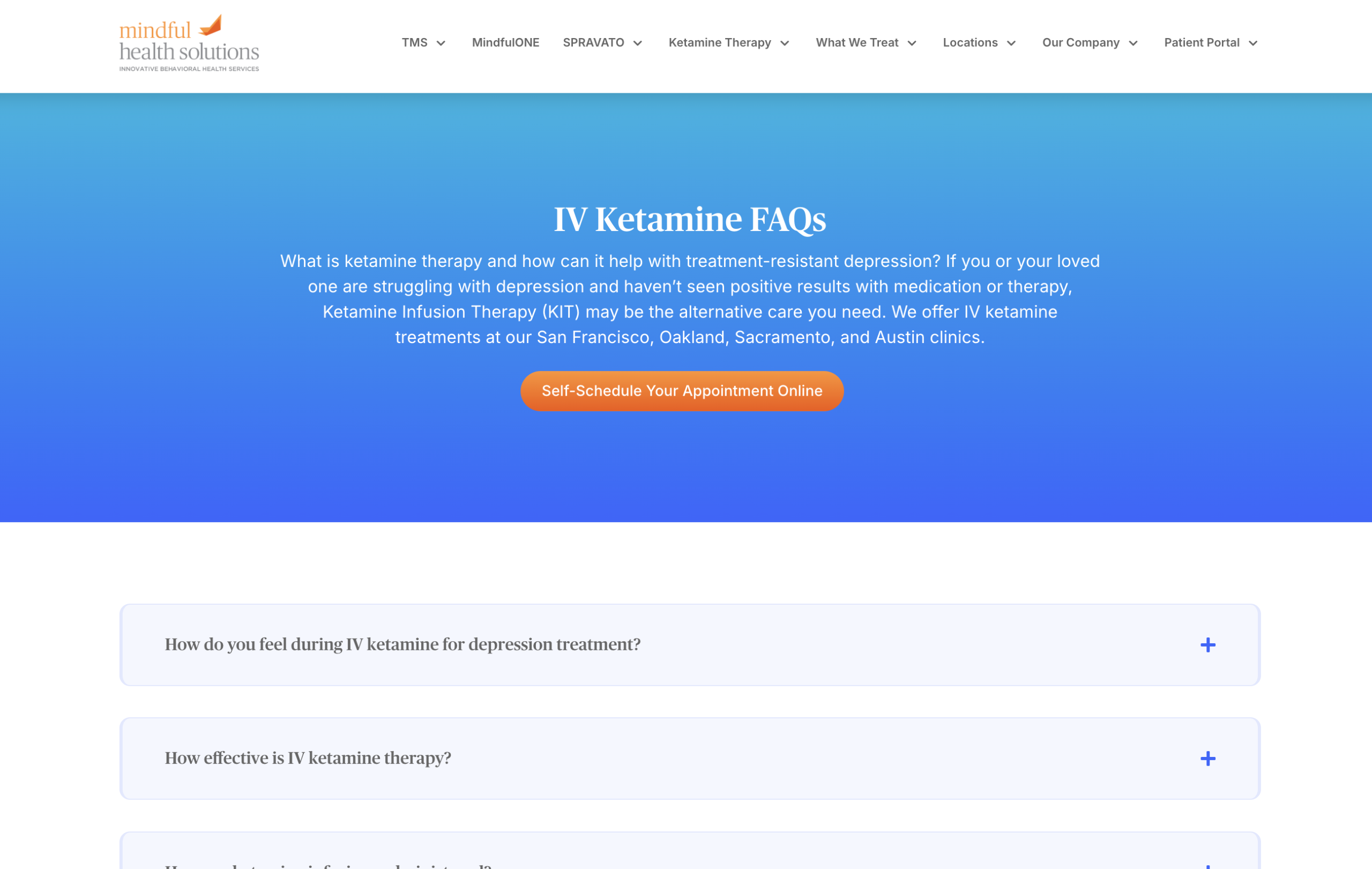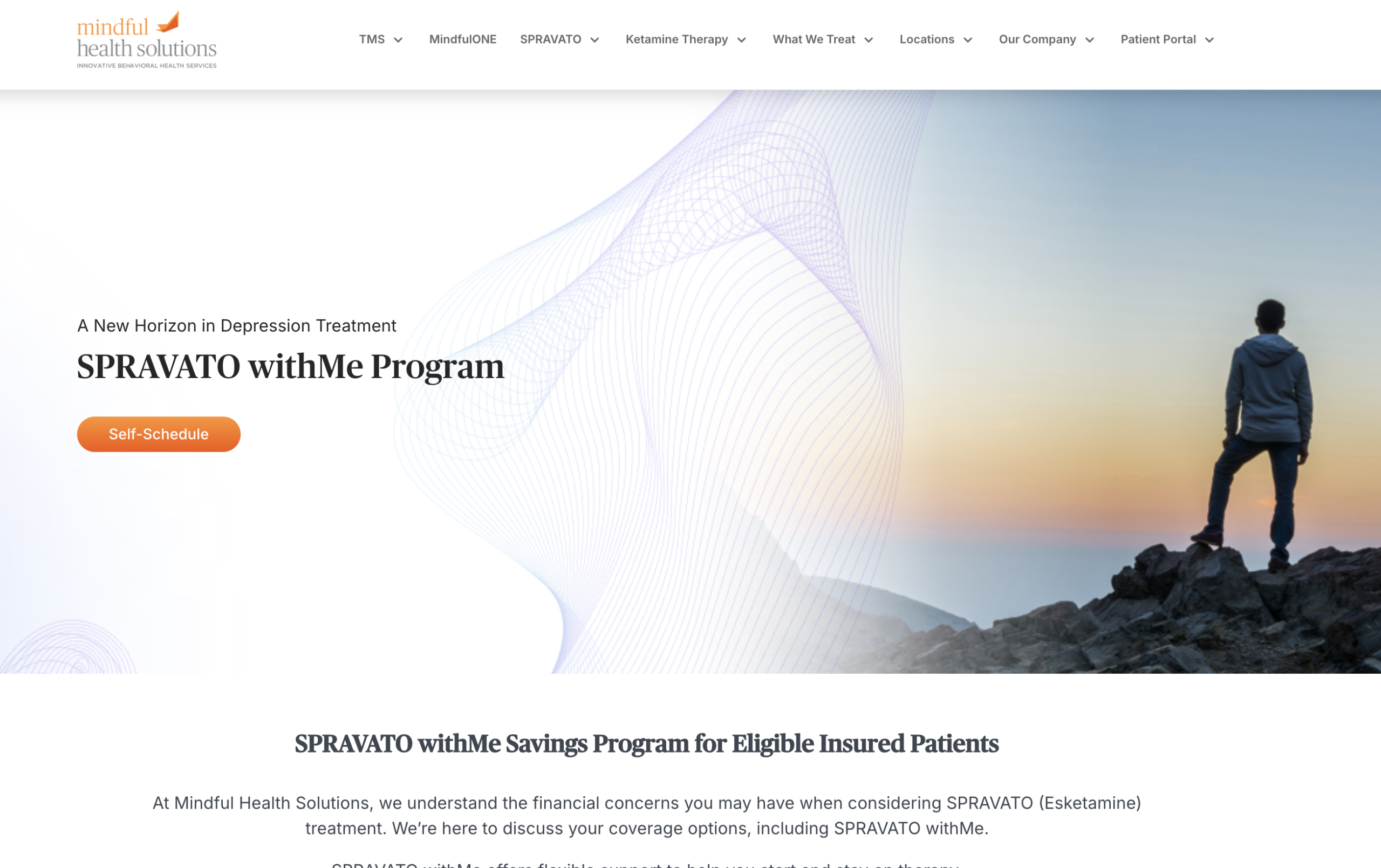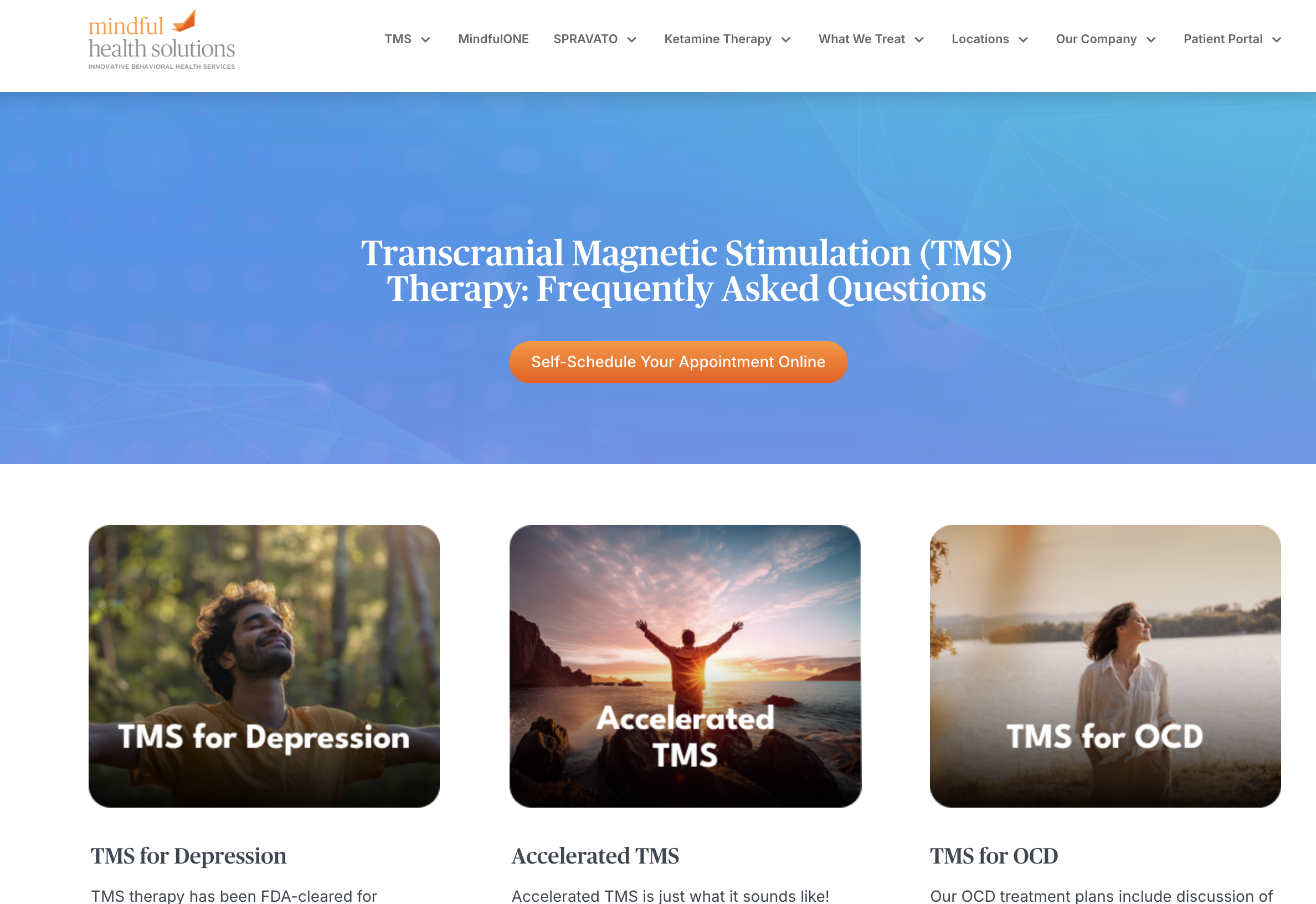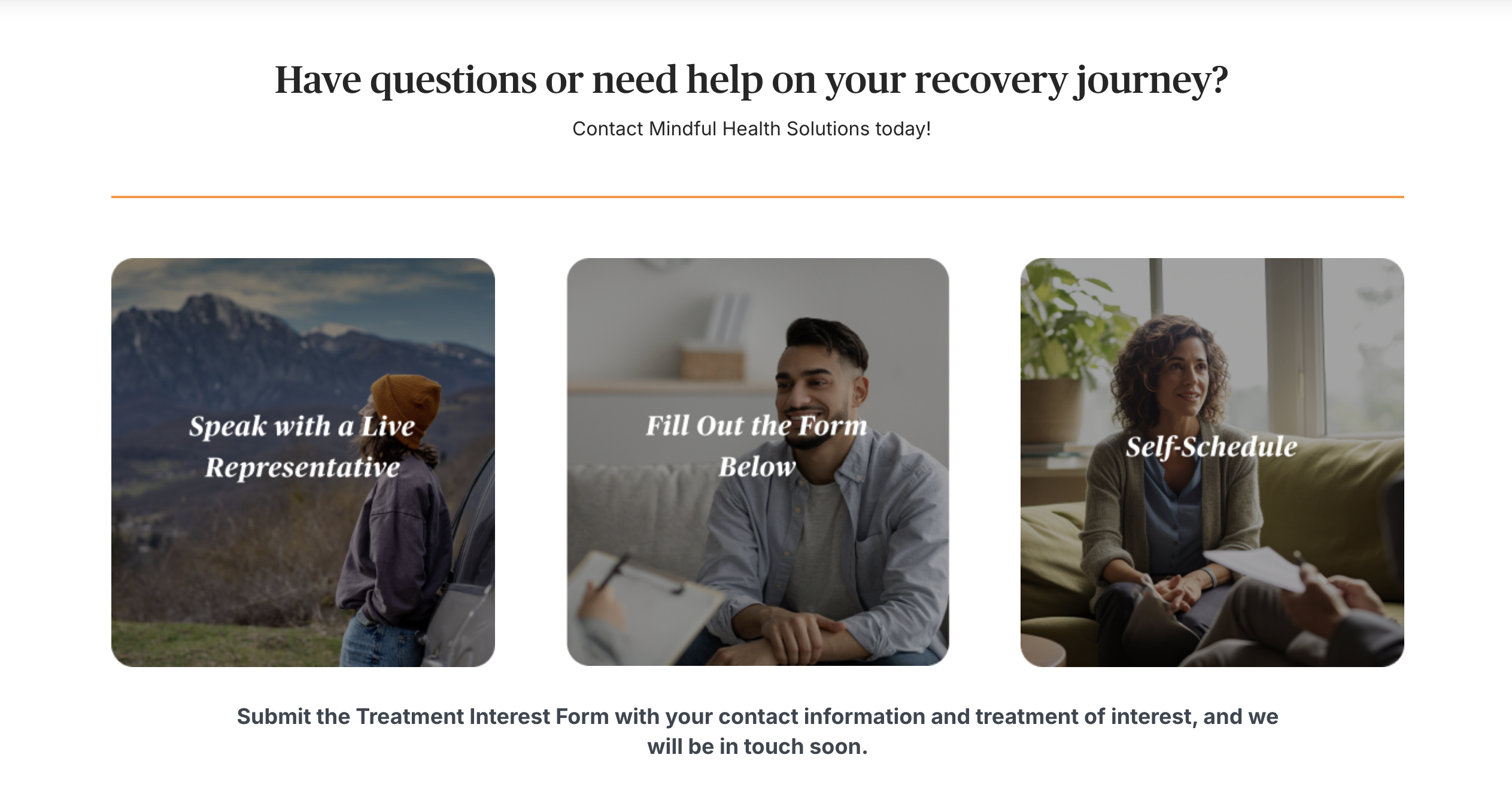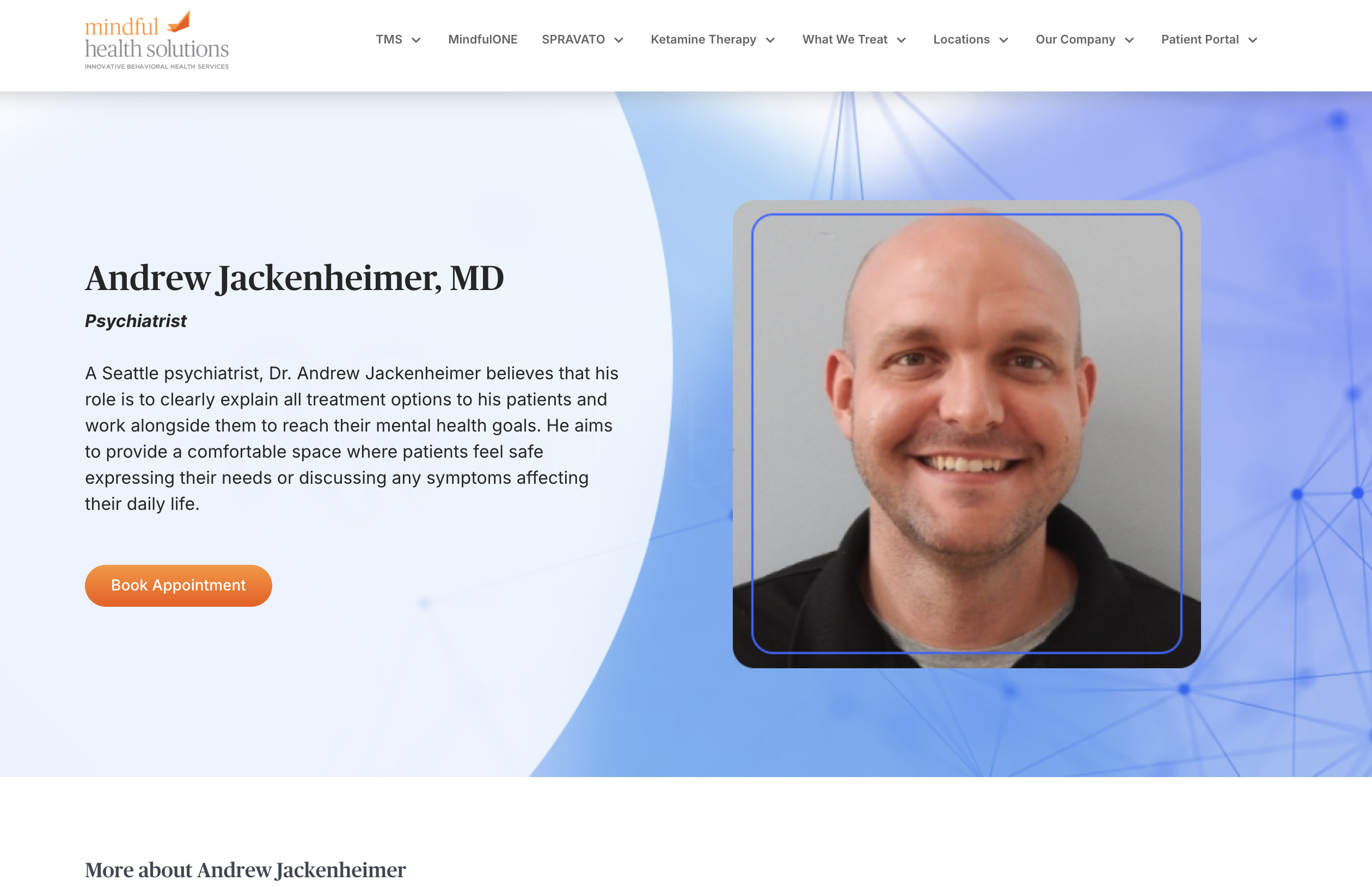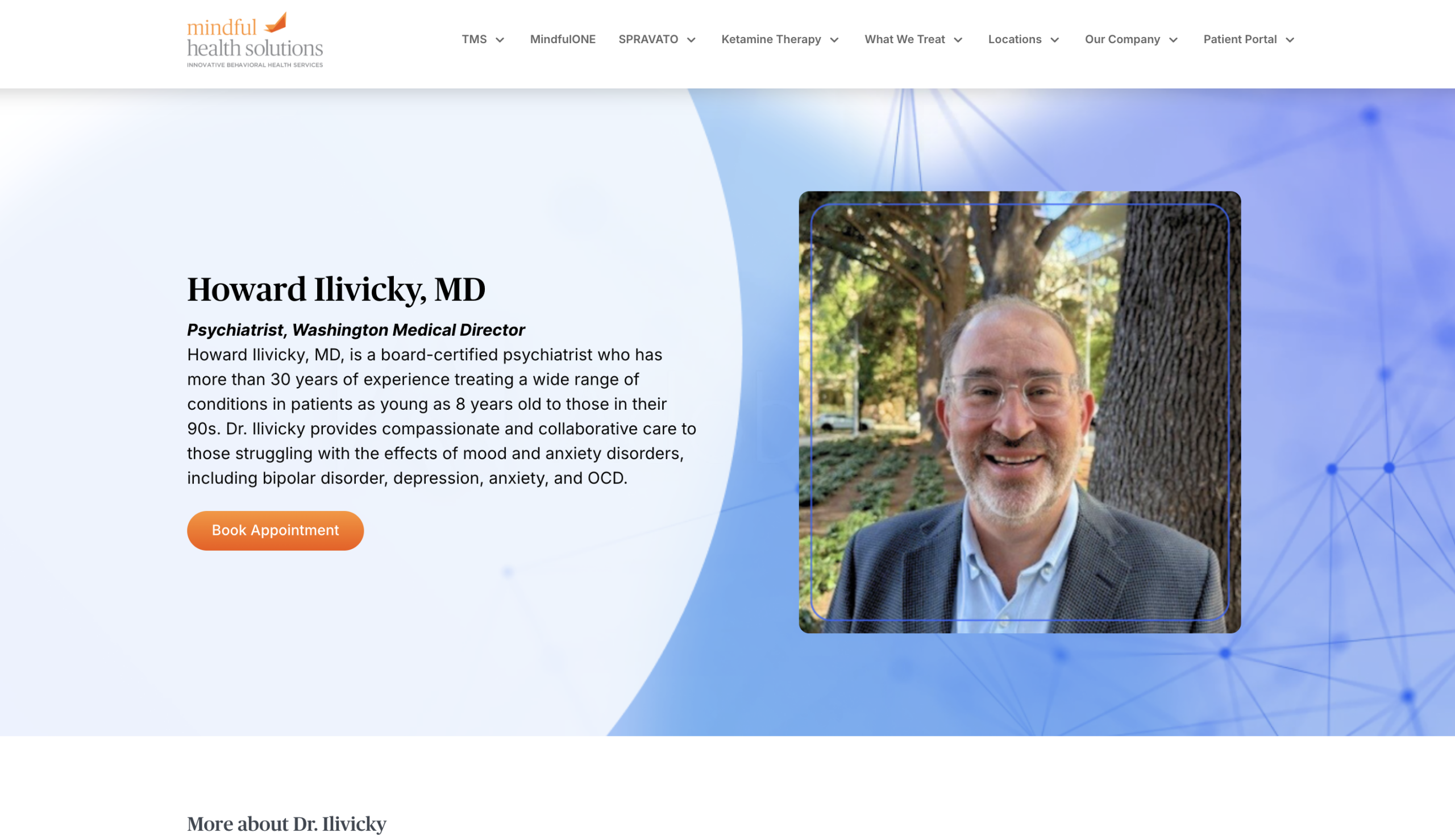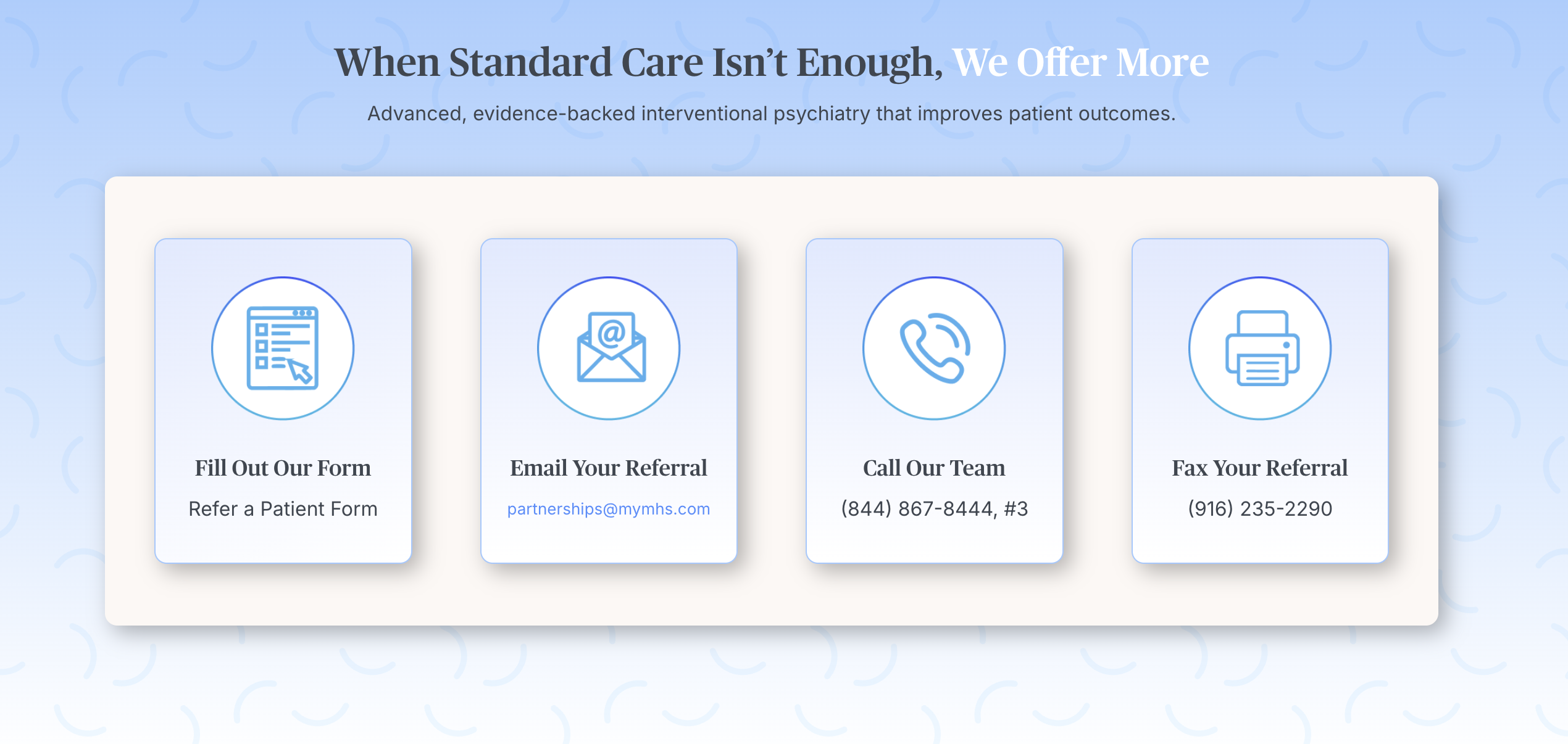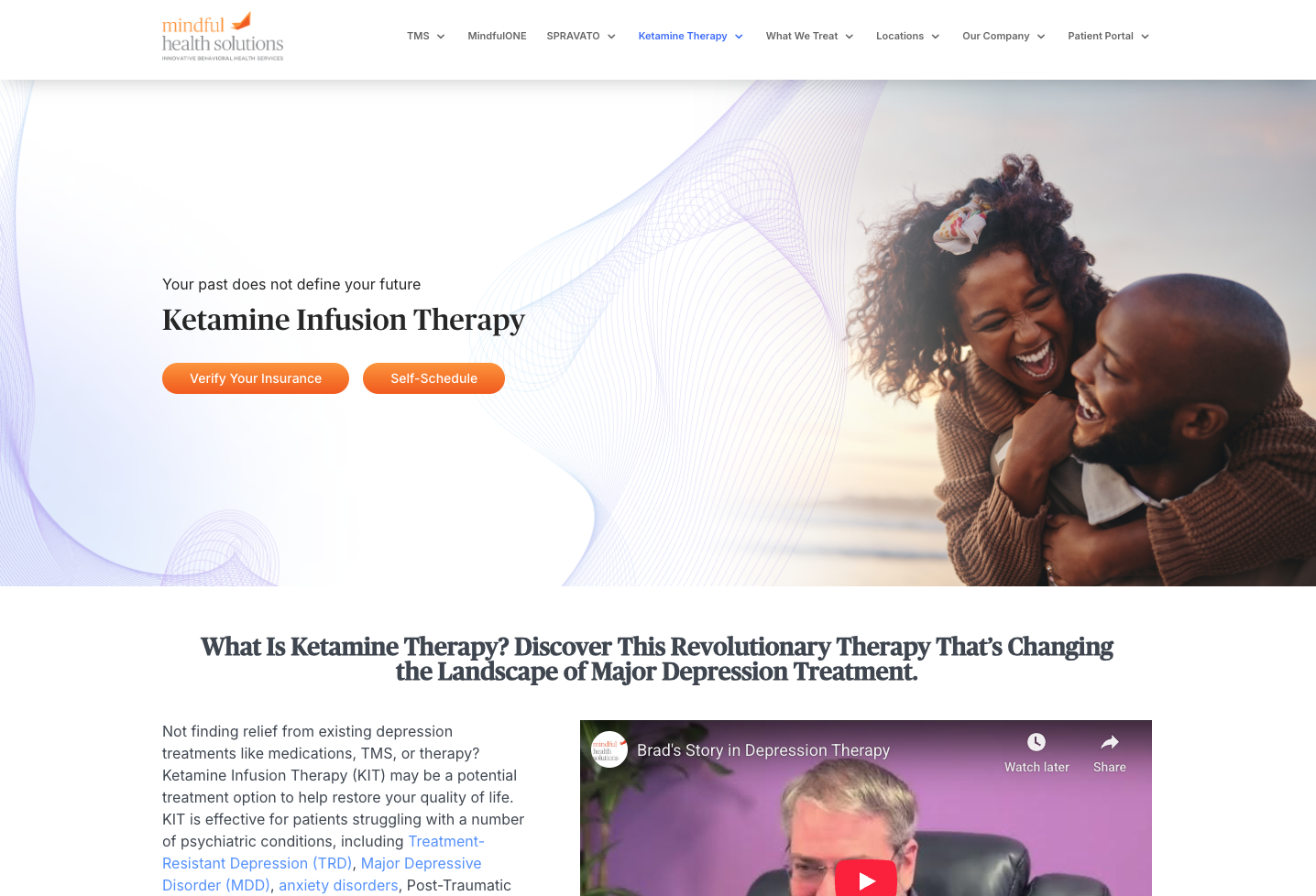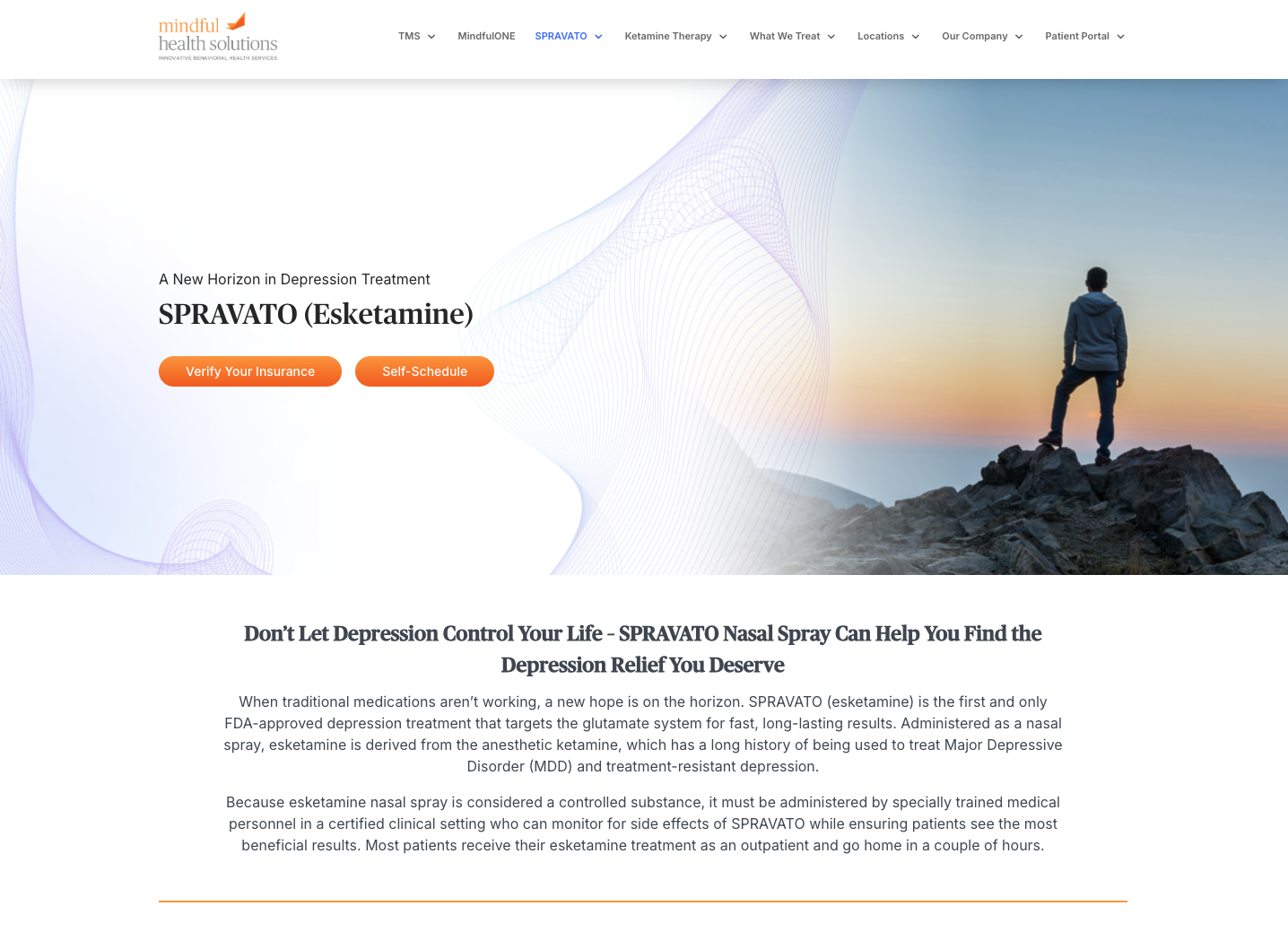The unfortunate truth is, at some point in our lives we are likely to experience a traumatic event. This may be the death of a loved one, living through a natural disaster, witnessing or being the victim of a crime, or any number of events that is deeply distressing or otherwise overwhelming for the body and mind. The severity of an event may result in Post-Traumatic Stress Disorder, or PTSD.
PTSD leaves a lasting effect, shifting the way we see the ourselves and the world as a whole, and even influencing our survival instincts when responding to trauma. In this blog we’ll discuss causes and symptoms of PTSD as well as potential responses to future traumatic events.
What Is PTSD?
Before taking a closer look at trauma responses, let’s first identify what, exactly, PTDS is. PTSD, as noted by Mayo Clinic, is a mood disorder caused by experiencing or witnessing “an extremely stressful or terrifying event.” While some may be able to cope with the after-effects of a traumatic event, others struggle with adjusting to the point of experiencing psychological and physical distress – thus leading to PTSD.
More common extreme traumatic events leading to PTSD may include:
- Car or workplace accidents
- Domestic abuse or violence
- Sexual violence or trauma
- Death of a loved one
- Devastating natural disasters
- Violence or crimes against a person
- Witnessing a shocking situation
- Military combat
- Wild animal attack
- Prolonged exposure to a stressful, abusive, or hazardous environment
It’s also important to know that not all traumatic events are categorized as “extreme.” PTSD can still be the result of less-intense experiences, such as:
- Romantic or platonic relationship breakup
- Family hardships or losses
- Chronic or acute health struggles
- Workplace stress
Can Anyone Get PTSD?
In short, yes. While there’s no definitive answer as to who will develop PTSD after a traumatic event, there are certain factors that may make a person more susceptible, especially in those with a history of depression or anxiety, or those lacking a strong existing support system.
Common Symptoms of PTSD – and Others You May Not Expect
When it comes to PTSD, it’s important to remember that not everyone’s experience is the same. The cause of trauma, and one’s response to it, will vary across the spectrum. Some common symptoms of PTSD include:
- Intense flashbacks, including physical reactions (sweating, pain, vomiting)
- Night terrors/nightmares
- Feelings of anxiousness or panic
- Feeling “on edge” (jumpy, nervous)
- Hypervigilance
- Difficulty concentrating
- Easily irritated or quick to anger
- Avoiding remembering or thinking about the trauma
- Inability to properly express positive emotions
- Lack of memories surrounding the trauma
- Destructive behavior, such as substance abuse
- Inability to believe a person or place is “safe”
What Is a Trauma Response?
Now that we’ve explored PTSD, let’s take a look at how we may respond to trauma in the moment or even years later in more varied situations. A response to trauma is automatic, an involuntary reaction based on a person’s specific experiences, environment, biology, and other factors that make up their individual self. As a result, how we react is unique to each person as well, especially for those with a history of PTSD. PTSD and trauma responses go hand in hand – how we respond to our first traumatic event may drastically change as a result of struggling with PTSD.
Types of PTSD Responses
The body is a marvelous thing, capable of protecting us even when we don’t realize what’s happening. It can react seemingly on its own upon recognizing a threat to help the mind face the event.
You’ve probably heard of “fight or flight” – responses to traumatic events caused by the body producing higher levels of stress hormones like adrenaline. But there are actually four separate responses to trauma, and those with an overactive trauma response (often a result of PTSD) may find themselves stuck in one or more response patterns:
Fight
A fight response typically refers to a physically or verbally aggressive reaction to a perceived threat, brought on by a surge in energy and hormones like adrenaline or cortisol that triggers the body to prepare for confrontation. Reactions may include:
- Getting into a fight or altercation with the offending party
- Shouting instead of walking away or holding rational discussion
- Arguing with or shaming someone on social media
- Giving a loved one the silent treatment
- Attacking the perceived threat head-on
Flight
Just as the body releases stress hormones telling us to fight, so too can it activate the hypothalamus and trigger the opposite reaction – to literally or figuratively flee a dangerous situation to escape physical and/or emotional distress. When experiencing a flight response, you may feel anxious and jittery, and seek to avoid and gain distance from the threat rather than fight against it. The need to escape could look like:
- Running away from danger or finding a hiding spot
- Staying late at work or school to avoid going home
- Avoiding any form of conflict by leaving or grey-rocking
- Ending romantic or platonic relationships for fear of being left
- Creating and often escaping to fantasy worlds
Freeze
It’s happened to us all – a moment of surprise or scary situation giving us pause. For some, this pause may be a precursor to their fight or flight reaction until their body’s response kicks in, providing a valuable moment for the brain to assess the situation and determine the best course of action; for others, it is a literal response, leaving a person frozen in place and unable to defend themselves against the threat.
We see the freeze response utilized often in nature as a defense mechanism – aka “playing dead.” But for people, this state of paralysis often leaves us feeling numb or disconnected to reality.
Flop
While not used as often, “flop” is a part of the freeze response when a person is entirely overwhelmed by the stress of
the event. It’s what happens after the freeze if the body determines that “going limp” is the best response to the trauma or threat. In this state, the mind might begin to dissociate to disconnect mentally from the situation, or the body may pass out in an attempt to avoid facing the danger head-on.
Fawn
A lesser-known PTSD response is the “fawn” reaction, one often seen in victims of domestic violence. In short, fawn comes down to compliance – doing your best to please the threat at your own cost to avoid conflict or harm. A particular danger of the fawn response is that the individual abandons their own personal boundaries.
A fawn trauma response may exhibit:
- Inability to develop a personal identity
- Putting aside your own needs
- Codependency in adulthood
- Fear of sharing your own feelings
- Fear of making people angry
- Praising abusers to prevent conflict
- Always agreeing even when it’s not in your best interest
Dealing with and Overcoming Trauma
Facing trauma and learning how to best navigate PTSD responses can seem daunting, but help is available. Whether by establishing strong routines and relationships or seeking professional help, you can overcome the effects of past events.
The compassionate experts at Mindful Health Solutions is here when you’re ready to talk. We offer interventional psychiatric services that help target PTSD symptoms in order to best guide you on the path to healing. Reach out today for a consultation by booking an appointment or calling a mental health professional at (888) 789-6013.
